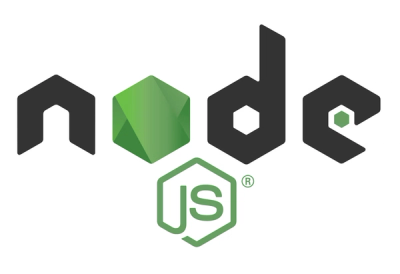
Security News
Django Joins curl in Pushing Back on AI Slop Security Reports
Django has updated its security policies to reject AI-generated vulnerability reports that include fabricated or unverifiable content.
angular-instafeed
Advanced tools
Made by Joe Karlsson - 2018
See more at www.joekarlsson.com
Basic example usage of factory method to make a request to the Instagram api to get a certain amount of images with an Angular.js switchable grid.
This project has been converted into an NPM package Check it out here.
Check out a live demo of this plugin here
"Oh yes. Absolutely spot on ... works like a charm... The cleanest plugin i've ever worked with - clean, straightforward and works out of box." - tenzopro

In your project directory
$ npm i angular-instafeed --save
In the HTML file you want to add Instafeed, you will need to add a div with the ID "instafeed".
<div id="instafeed"></div>
Next, inside the project, you need to register as a Instagram Developer to get your Client ID
You will be creating a Instagram feed using the Instagram API and Angular 1.5. The feed will feature a switchable grid to change the layout of the photos on the page [see Style Guide below for details].
Before you start building out your Angular web application, you will need to sign up to be an Instagram Developer:
First go register as an Instagram Developer to get your Client ID.
You will also need to get your user ID go run this program. To get your User ID, go to this site and enter your Instagram user name to get your user ID.
12345678index.html with an HTML5 template in a new directory, and fire up http-server we will need this in order to get our auth token.Manage on your project, then click on the Security Tab and enter your server URL into the Valid Redirect URIs.Step One: Direct your user to our authorization URL (Be sure to replace CLIENT_ID with your client ID and REDIRECT_URI with the url you pasted in the step above)
https://api.instagram.com/oauth/authorize/?client_id=CLIENT_ID&redirect_uri=REDIRECT_URI&response_type=token
At this point, we present the user with a login screen and then a confirmation screen where they grant your app’s access to their Instagram data. Note that unlike the explicit flow the response type here is “token”.
Step Two: Receive the access_token via the URL fragment
Once the user has authenticated and then authorized your application, Instagram redirects them to your redirect_uri with the access_token in the url fragment. It will look like this:
```bash
http://your-redirect-uri#access_token=ACCESS-TOKEN
```
Simply grab the access_token off the URL fragment and you’re good to go. If the user chooses not to authorize your application, you’ll receive the same error response as in the explicit flow
Once you get your user id and your access_token, try hitting this route to get your most recent Instagram photos (Be sure to replace your USER_ID with your user ID and ACCESS_TOKEN with the access token you got in the step above).
https://api.instagram.com/v1/users/USER_ID/media/recent/?count=99&&callback=JSON_CALLBACK&access_token=ACCESS_TOKEN
Now, you're ready to starting building your Instagram Feed in Angular :sparkles:
Note: If you are interested in installing this via NPM, I got cha covered. Check it out here.
git checkout -b my-new-featuregit commit -am 'Add some feature'git push origin my-new-featureSee more at www.joekarlsson.com
FAQs
Grid that displays your most recent Instagram photos.
We found that angular-instafeed demonstrated a not healthy version release cadence and project activity because the last version was released a year ago. It has 1 open source maintainer collaborating on the project.
Did you know?

Socket for GitHub automatically highlights issues in each pull request and monitors the health of all your open source dependencies. Discover the contents of your packages and block harmful activity before you install or update your dependencies.

Security News
Django has updated its security policies to reject AI-generated vulnerability reports that include fabricated or unverifiable content.

Security News
ECMAScript 2025 introduces Iterator Helpers, Set methods, JSON modules, and more in its latest spec update approved by Ecma in June 2025.

Security News
A new Node.js homepage button linking to paid support for EOL versions has sparked a heated discussion among contributors and the wider community.